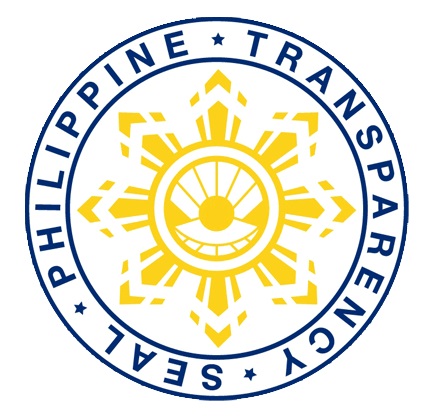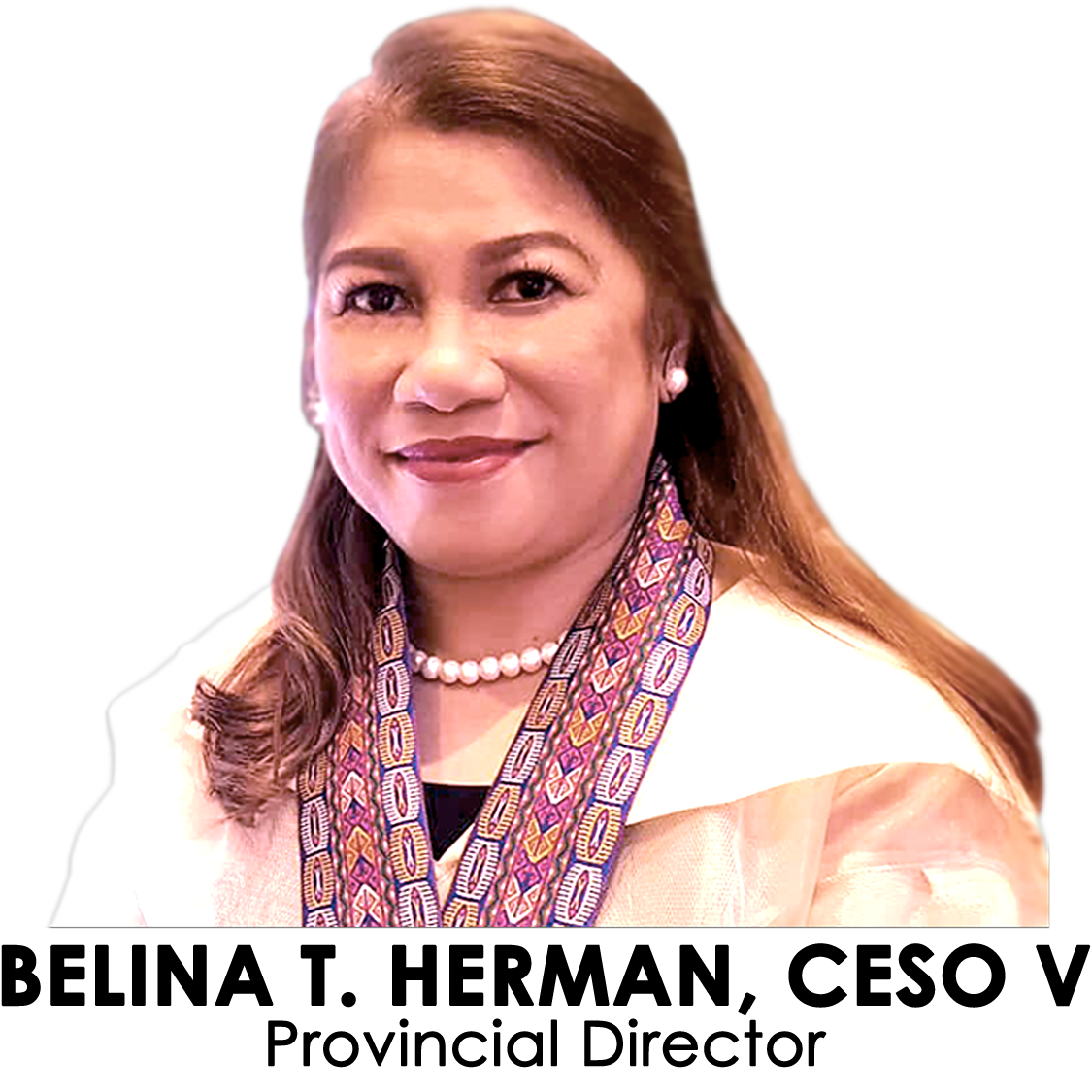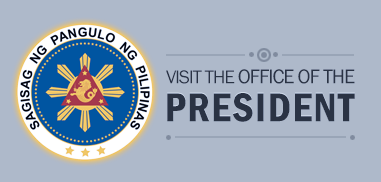- Details
- Category: NEWS AND EVENTS
- Hits: 1751
he Department of the Interior and Local Government Region III in partnership with the Local Government Academy conducted an activity entitled: Change Management—Changing Gears towards Greater Productivity: “Creating a Common Roadmap for DILG R-3” cum Year End Evaluation on December 14-16, 2011 held at Hotel Henrico, Baguio City.
The program is designed to provide the participants’ knowledge on the operational change agenda of the Department and eventually make them change agents/leaders of the Department. The activity also intends to explain the concept of change process; recognize the need for change and the urgency in which change needs to happen; recognize and discuss the DILG’s Change Agenda; Identify Priority Programs of the Department vis-à-vis the priority governance of the Aquino Administration; identify criteria and roles of Change Agents/Leaders; define and prepare plans on how to execute the DILG Change Agenda at the field level.
The activity, which was attended by 237 participants also made the venue for the presentation and evaluation of the 2011 Region 3 accomplishments on Department’s program outcomes.
Regional Director Florida M. Dijan, in her opening message, expressed deepest gratitude to the Central Luzon Team’s achievements over the past year. She stressed that 2011 has been a very busy year but 2012 shall be busier. Policies change over time and the changing roles of LGOOs should meet the new expectations of DILG’s clientele. She added that our activities next year should be contextualized within the growing times to meet the evolution of needs and the metamorphosing demands of the LGUs. She mentioned also that the DILG Region 3 should have a balanced external and internal program due to our changing environs.
On the other hand, ARD Jonathan Paul M. Leusen, Jr. presented and discussed thoroughly the topics from Session 2 to Session 7. Session 1 was about the reason for Change. The Audio Video Presentation of the DILG Reform Agenda was put on view. Individually, participants reflected on the questions: Why change? What is this for? Will this benefit my family? Why am I doing this? What will the future look like for me, my family, the communities I serve, the country? Is it worth pursuing? They reviewed DILG’s vision, mission, core values, goals and objectives and had a reality check on “Where are we as a Department in relation to these? What has worked? Where are the gaps?” Participants after the said workshop, shared their answers to the group.
Sessions 2-7 were about Introduction to Change Management and Theory of Change Objectives, Aligning with the Outcome, Creating the Output, Developing a Pathway of Change per Output, Identifying Interventions, Developing Indicators and Narrative and Presentations.
- Details
- Category: NEWS AND EVENTS
- Hits: 1872
In response to Disaster Risk Reduction and Management (DRRM) Act of 2010 and RA 9729 or Climate Change Act (CCA) of 2009, the Department of the Interior and Local Government has initiated and developed a comprehensive program on “Enhancing LGU Capacity on Climate Change Adaptation and Disaster Risk Management”. It is designed to build capacities of local government and communities in mainstreaming disaster risk reduction and climate change adaptation into local development processes. It also aims to improve their awareness and appreciation of the links between intensifying disasters and creeping climate change, at the same time address the challenges accompanying these situations.
The training program has four major components namely: Institutional Development; Diagnostics; Integration of DRR and CCA to Planning and Investment; and Infrastructure and Access to Financing.
The program started with the Basic Orientation on DRRM and CCA for the provinces of Tarlac, Pampanga and Zambales conducted in five schools. The 1st school was composed of nine LGUs of Tarlac (October 26-27, 2011), 2nd school was attended by ten LGUs of the same province (November 8-9, 2011), 3rd school was from the 11 LGUs of Pampanga (November 10-11, 2011), 4th school was composed of another 11 LGUs of Pampanga (November 15-16, 2011) and 5th school was attended by 14 LGUs of Zambales (November 17-18, 2011). These activities, conducted by DILG Region III in partnership with the Local Government Academy were all held at Maharajah Hotel, Angeles City.
It was participated in by eight members LGU Team composed of Local Chief Executive or Local Administrator, Local Disaster Risk Reduction Management Officer, Local Government Operations Officer, Local Planning and Development Officer, Local Social Welfare and Development Officer, Local Health Officer, Local Engineering Officer and Liga ng mga Barangay Federation President.
The activities, graced by DILG R-3 Regional Director Florida Dijan also provided an appropriate venue for a partnership with other national and local stakeholders through the provision of their technical expertise on DRRM-CCA. They include the training team of the Office of Civil Defense Defense led by Dir. Josefina Timoteo, PAG-ASA Weather Forecasters, Olongapo City DRRM Office and Candaba Mayor Hon. Jerry Pelayo.
DRRM/CCA trainings for the province of Aurora and Cities of Angeles and Olongapo are scheduled on December 1-2, 2011 and on December 8-9, 2011 for the province of Bataan and Balanga City.
- Details
- Category: NEWS AND EVENTS
- Hits: 1920
In line with the awareness campaign for the Manila Bay Clean Up, Rehabilitation and Preservation Project, Monitoring and Evaluation Division OIC Chief Lerrie S. Hernandez was interviewed in the two major shows of CLTV 36 , Focus with Jun Lutero and Hamon Central Luzon with Tonette Orejas on October 14 and 15, 2011, respectively.
In both programs, Ms. Hernandez was able to impart to the viewers what is the project all about and the reasons why Supreme Court ordered the ten Mandamus agencies to clean, rehabilitate and preserve Manila Bay. The roles of the LGUs within the Manila Bay Area were also discussed as well as the need for their participation in the massive cleaning of the major and minor river system, waterways, esteros and creek that eventually drain their water into the Manila Bay.
Even the crucial roles of the residents living beside the said river systems and waterways were also laid down for them to understand not only the danger it may cause to their lives and properties but the negative impact of environmental degradation in general.
In the said TV guestings, Ms. Hernandez urged the public to campaign and take part in the implementation of the Manila Bay Clean Up, Rehabilitation and Preservation Project in their own little way.


















